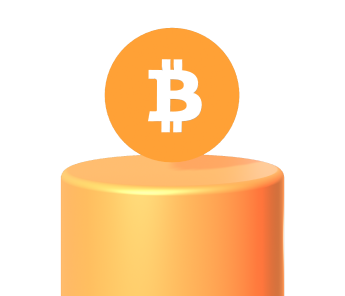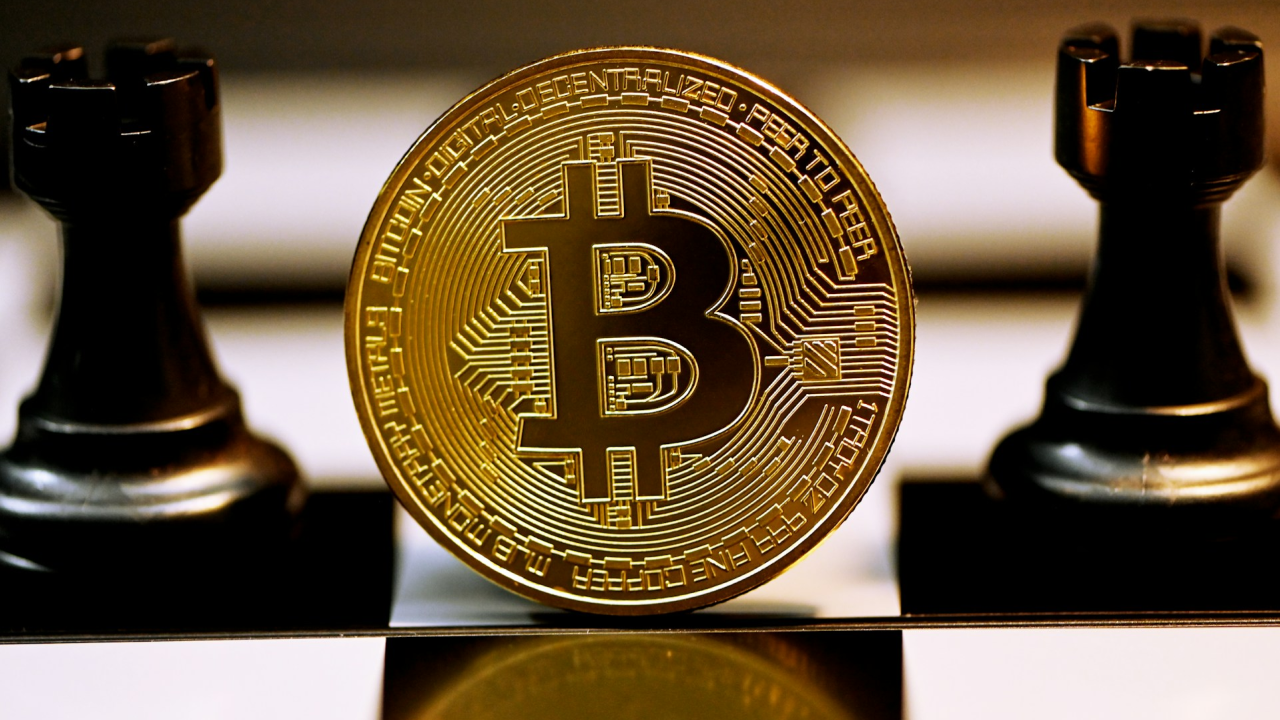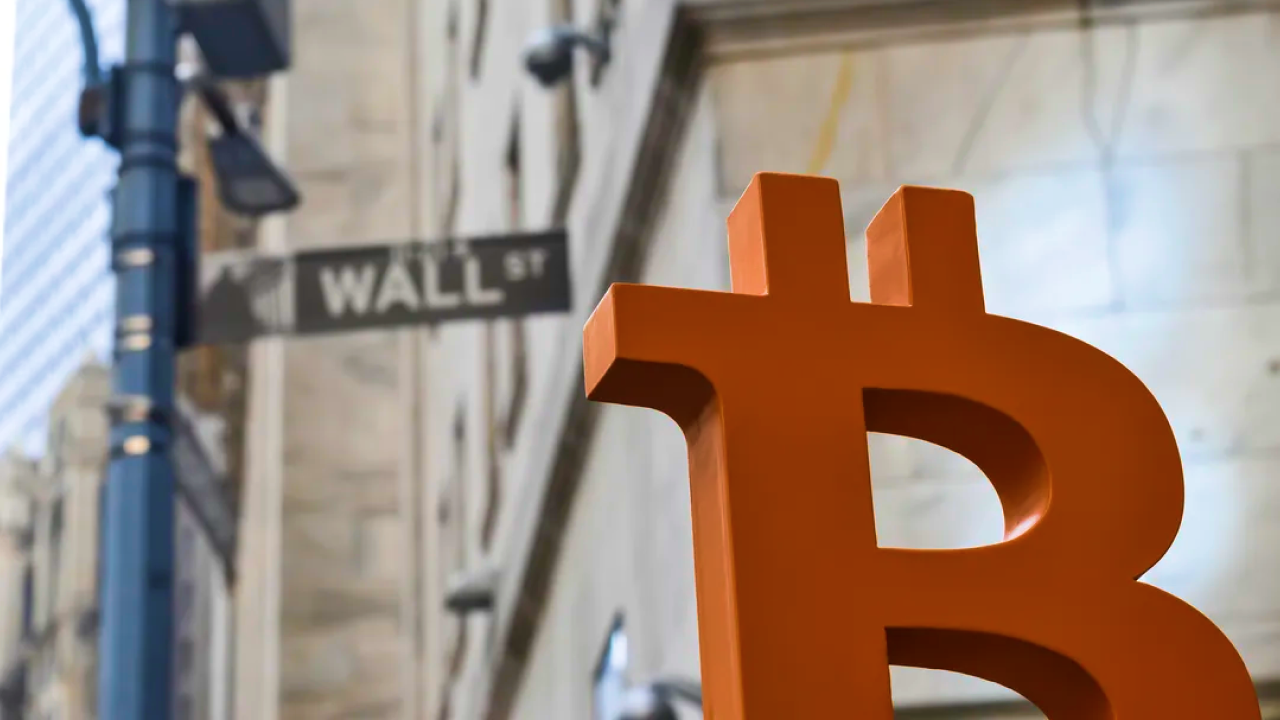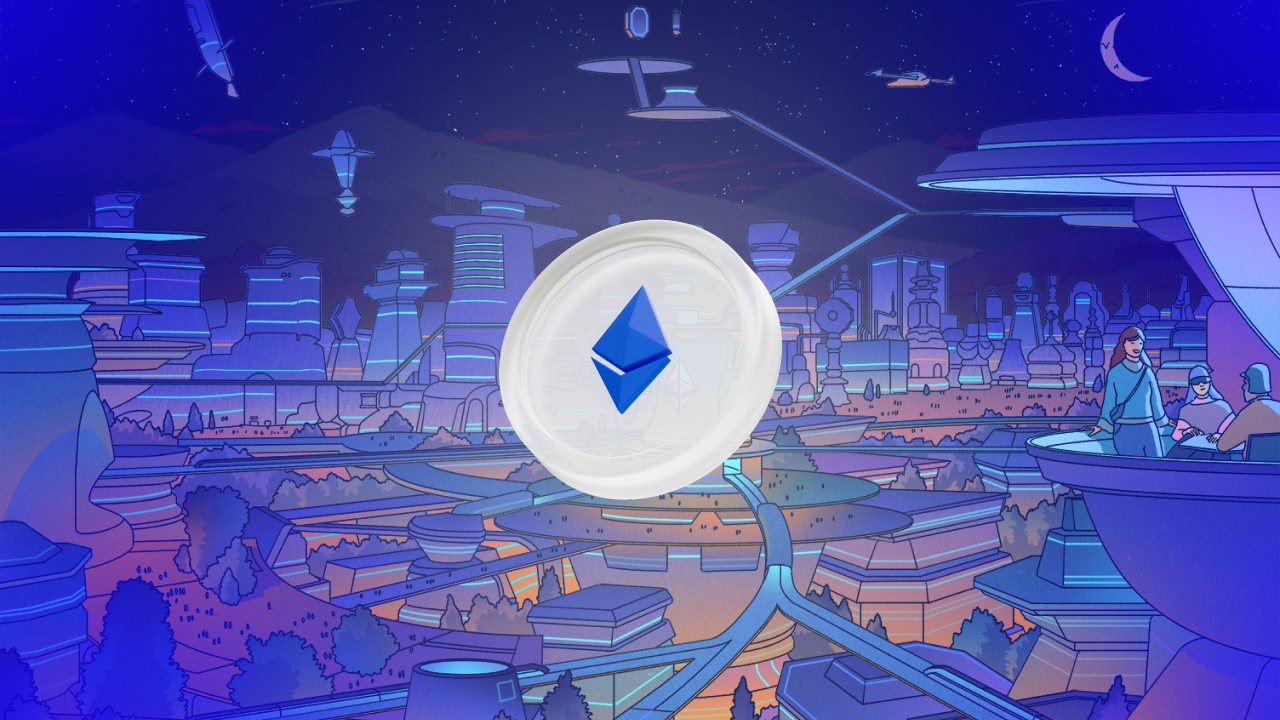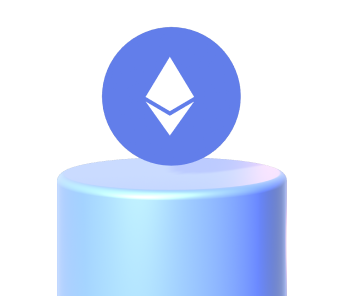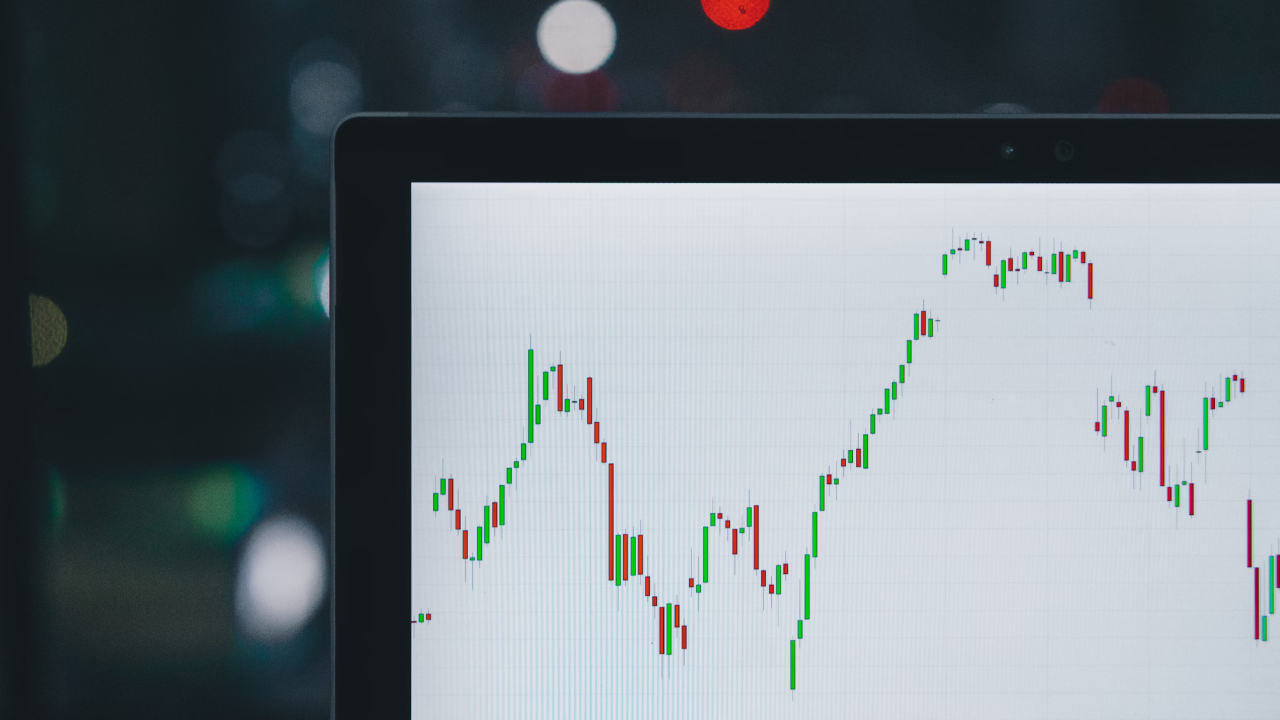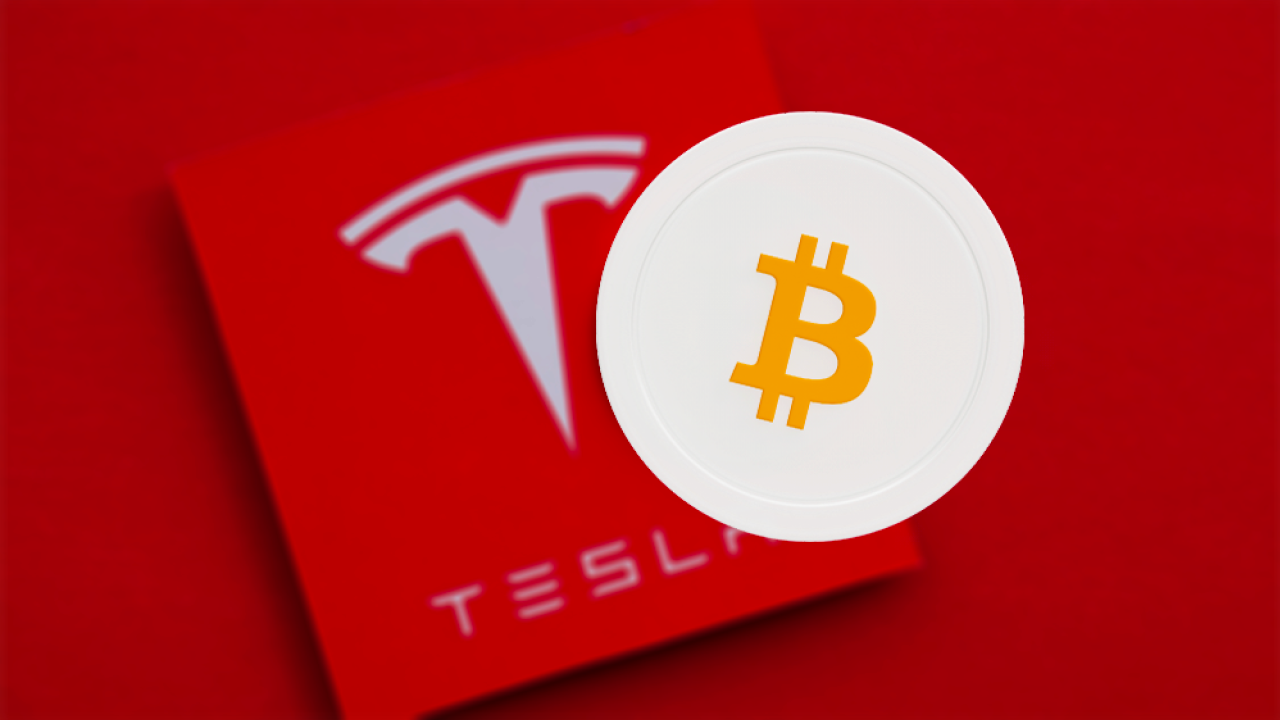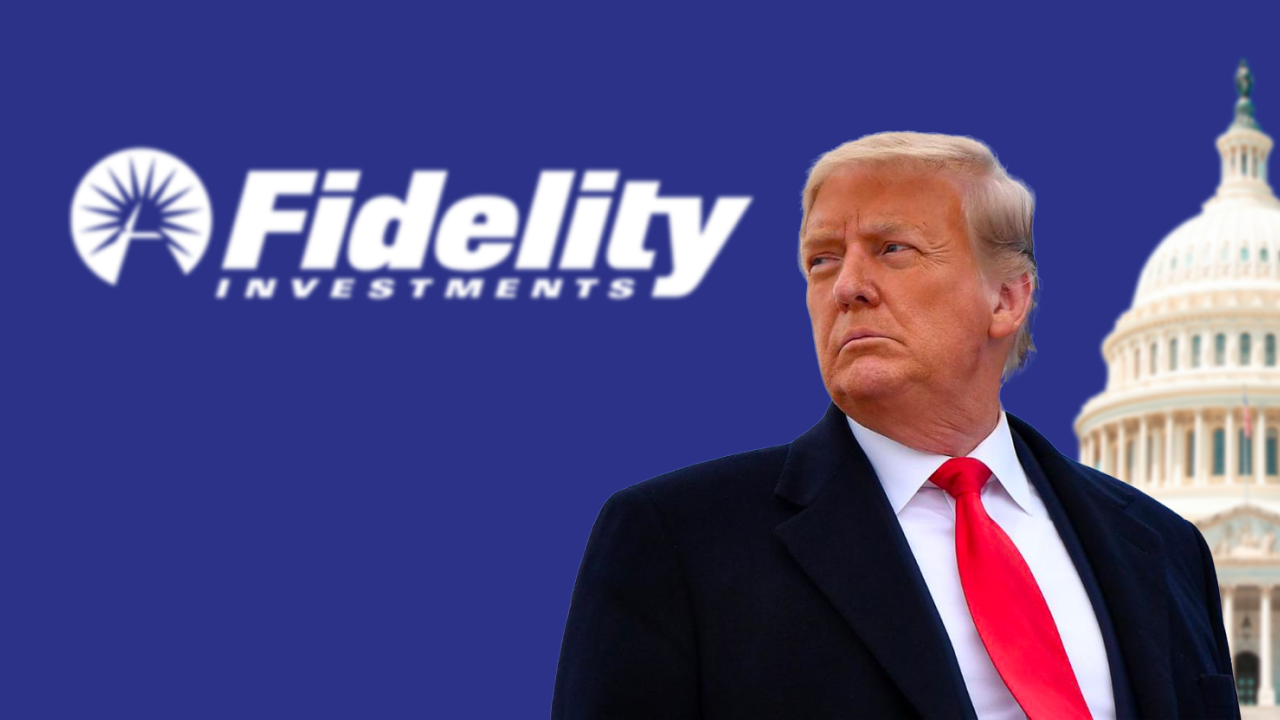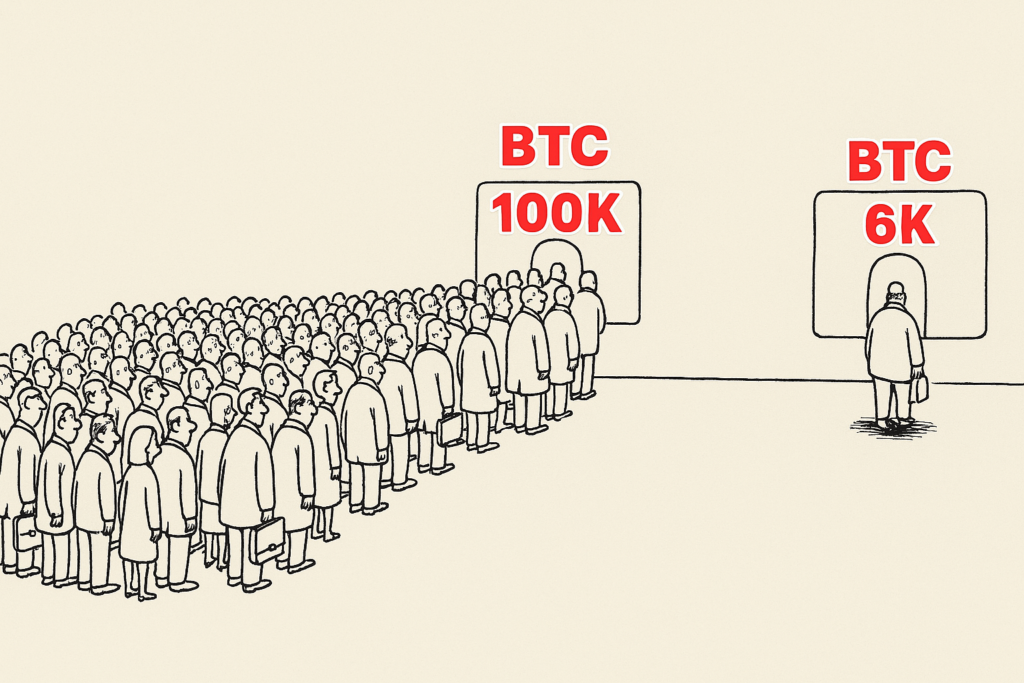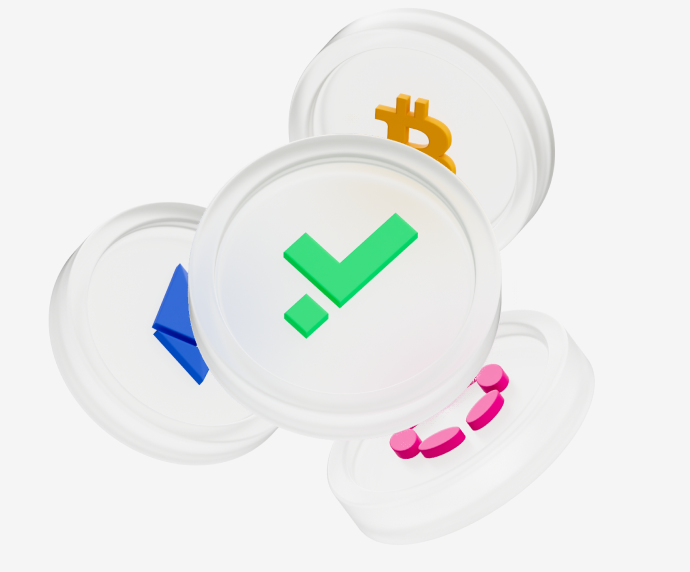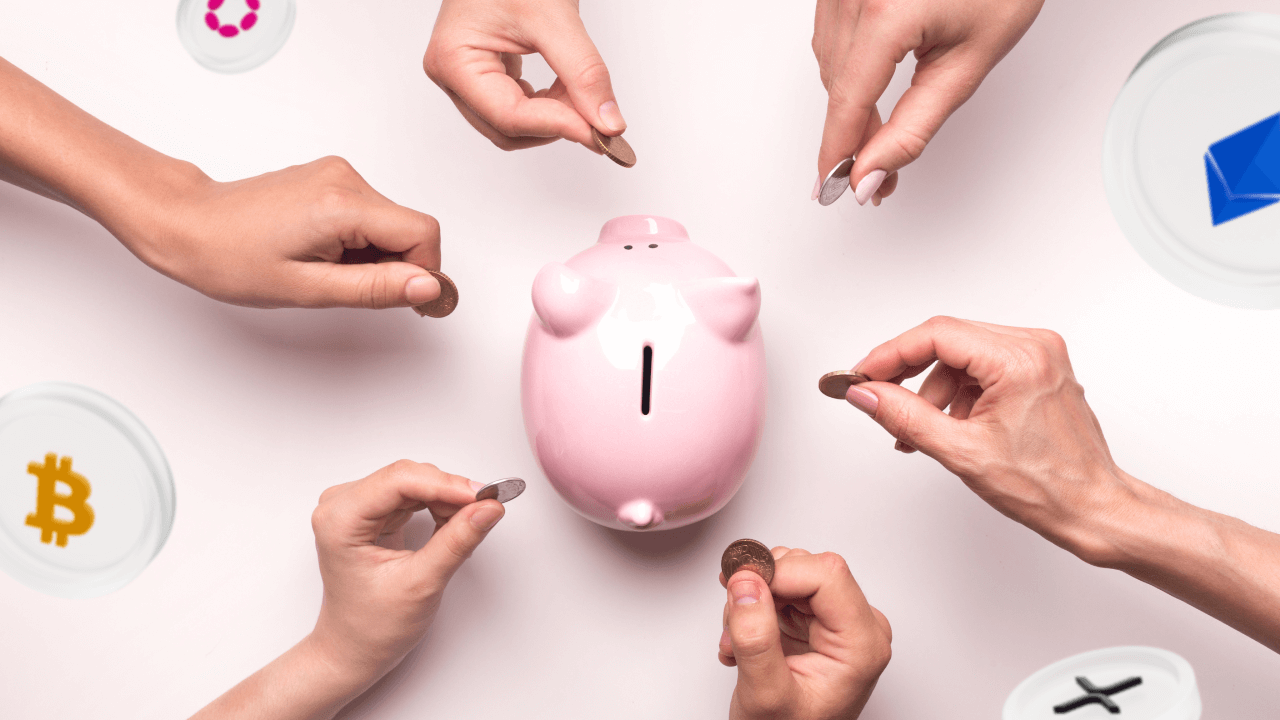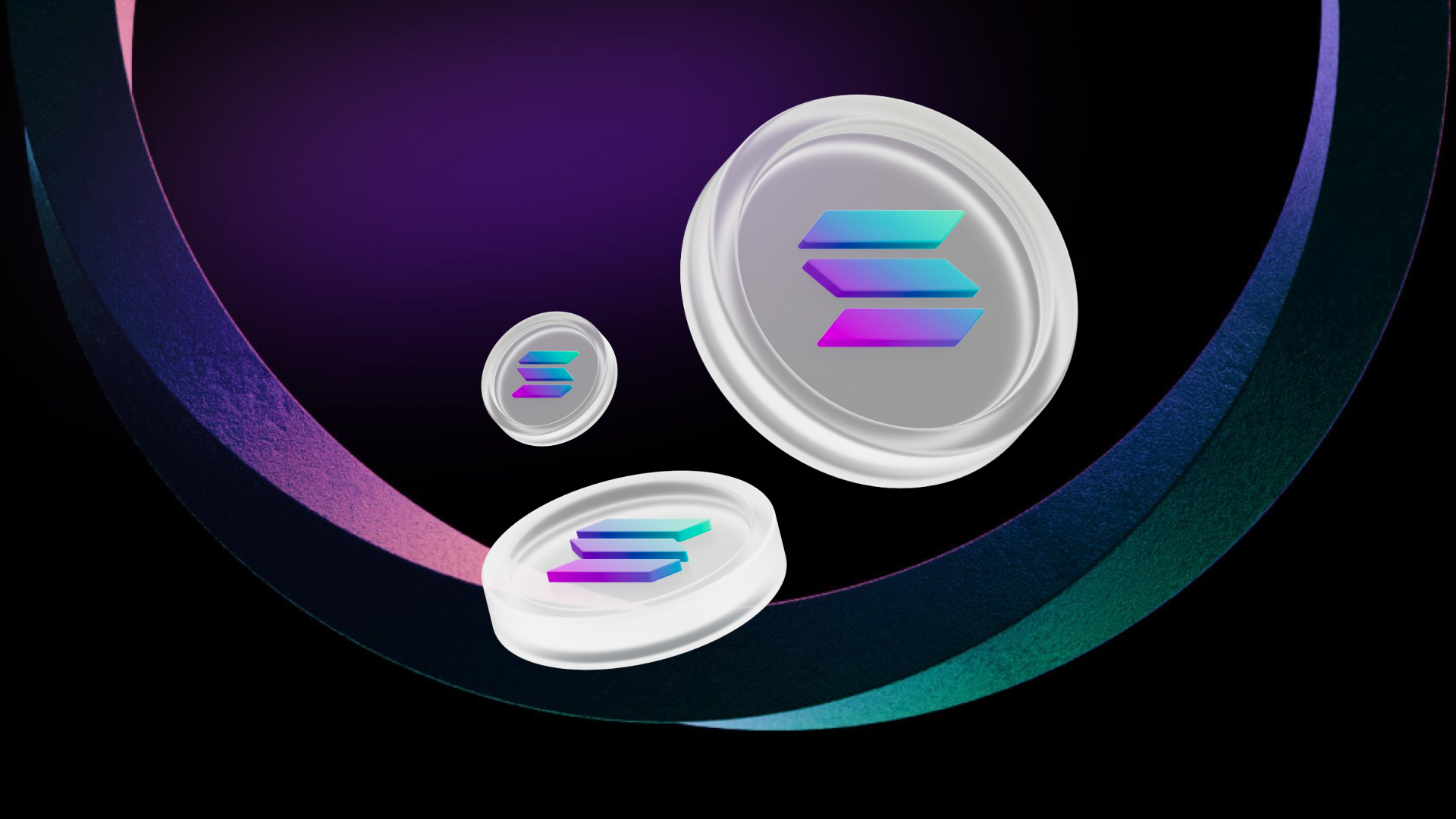Taproot has enhanced Bitcoin’s competitiveness by introducing new features like smart contracts and decentralised finance (DeFi). This gave rise to BTCFi. What is it all about?
The Taproot update in 2021 enhanced Bitcoin’s competitiveness by improving its efficiency and privacy while enabling features previously outside its protocol, such as smart contracts and decentralised finance (DeFi). Since then, significant progress has been made, leading us to the concept of BTCFi (Bitcoin + DeFi). What does this entail?
DeFi: Finance for all
DeFi, the synthesis of Decentralised finance and Finance, is a universe of financial services that aims to exclude traditional intermediaries—typical of centralised finance—and their associated costs. This is possible because DeFi is built on blockchain and works thanks to smart contracts, self-executing digital agreements written in code and registered on a blockchain. These contracts are automatically activated without intermediaries when predefined conditions occur.
We have been discussing decentralised finance since 2015, when Ethereum launched smart contracts, which are fundamental to its functioning. This article provides everything you need to learn more about this topic.
Today, the total TVL (Total Value Locked, an indicator that measures the total value of assets deposited in a decentralised finance protocol) in DeFi is around $90 billion, and more than 50 per cent of it is locked up in Ethereum. However, something has changed in recent months.
Taproot: Let the DeFi on BTC begin!
The Taproot update is considered a significant upgrade for the Bitcoin network. It increases its efficiency and privacy and, above all, extends the capabilities of smart contracts. Two main functions, the MAST and Schnorr signatures and Tapscript, Bitcoin’s programming language update, make this possible. We have discussed this in detail here.
Taproot has enabled new possibilities for programmability and privacy within the protocol. These changes naturally also affect Bitcoin, which is gaining use cases.
Bitcoin dominates the market but is little exploited in DeFi.
As is well known, BTC represents about 63% of the crypto world’s total market cap, with a value of about USD 1.6 trillion. However, due to the incompatibility between its blockchain and Ethereum, it is tricky for holders to find a secure solution to profit from the asset held. Of course, some ways, such as wrapping and bridging, allow Bitcoin to be ‘transferred’ from its native blockchain to other chains, such as Ethereum.
Wrapping and bridging: risky solutions
The main problem is the security of the transactions, as one is exposed to the risks of the entities involved in these processes: merchants, custody services, and bridges could be subject to attacks and exploits, in addition to the inherent risk of the individual platforms operating in DeFi. However, the main deterrent is only one: Usually, those who hold Bitcoin do not want to part with it for any reason, and these transactions necessarily go through custodial wallets.
Hence, there is a need to implement something that meets these demands: DeFi on Bitcoin or BTCFi.
What is Bitcoin DeFi?
BTCFi is an ecosystem of decentralised applications (DApps) of a financial nature built on Bitcoin. As simple as this may seem to be a definition, it carries complex consequences, especially if one relates it to the ‘old’ ways of using BTC in DeFi. The main differences:
- Network: In Ethereum’s DeFi ecosystem, one has to use WBTC to trade, exposing oneself to the risks we saw earlier. On BTCFi, transactions are processed directly with BTC.
- Security: Unlike wrapping BTC, which requires trusting the custodian, merchant, bridge, DeFi platforms, and underlying infrastructure, BTCFi is based on Bitcoin’s blockchain, which is unique regarding security and decentralisation.
- Usage: While WBTC on Ethereum (or other chains) is mainly used as collateral or a medium of exchange in DEX, BTCFi potentially opens up all the use cases of traditional DeFi, as we will see below.
- Custodianship: While wrapped, Bitcoin is held by a custodian such as BitGo, a centralised entity. BTCFi is natively non-custodial, as it is managed exclusively by decentralised protocols.
The advantages of a native DeFi on Bitcoin are apparent, and Bitcoiners seem to have understood this well. Defillama’s graphs speak for themselves: since April 2024, the TVL on the Bitcoin chain has increased from $490 million to $5 billion, equivalent to 63,000 Bitcoins.
At the moment, the protocols that have catalysed the most BTC are Babylon, Lombard, and Solv Protocol. The first of the three dominates the ranking, with almost 4 billion (out of 5) Bitcoins on the chain. Lombard and Solv Protocol follow.
BTCFi: How to use it?
As we mentioned, Toot Bitcoin has use cases similar to traditional Bitcoin. The difference is that it is built and developed on the native blockchain without wrapping or bridging. Look at some practical use cases introduced by BTC’s native blockchain protocols.
Staking with Babylon
Babylon, for instance, allows BTC to be put on lockdown on the Bitcoin network to guarantee and actively participate in the security of other Proof-of-Stake networks. This mechanism, which has long been popular on the Ethereum mainnet, is called restaking. In this case, it uses the computing power dedicated to mining BTC by indirectly transferring it onto proof-of-stake networks. All this happens without the user being aware of it, since it is as if he receives rewards by staking his BTC, while on the opposite side, Proof-of-Stake blockchains can exploit locked Bitcoins to improve their systemic security.
Liquid staking with Lombard and LBTC
Lombard also offers a similar service with an extra feature: liquid staking. Once one’s BTC is locked up, one can mine LBTC, an asset collateralised 1:1 with Bitcoin, to generate additional income. Due to its cross-chain nature, it is possible to use LBTC ‘around’ DeFi, as collateral for lending and borrowing, or even to provide liquidity to DEX. In short, LBTC is the equivalent of stETH for BTCFi.
Solv Protocol: towards unified liquidity
Finally, Solv Protocol, which offers restaking services, issues a version of BTC called SolvBTC. This represents an interesting attempt at BTC wrapping because it aims to solve the problem of Bitcoin’s fragmented liquidity: the various wrapped versions of BTC – WBTC, BTCB, BTC.b, etc. – are chain-specific and have little cross-chain interoperability, resulting in de facto ‘siloed’ Bitcoin. – The various wrapped versions of BTC – WBTC, BTCB, BTC.b, etc. – are chain-specific and have little cross-chain interoperability, being in fact ‘siloed. ‘
SolvBTC aims to unify Bitcoin’s liquidity across multiple chains as a universal BTC pool for DeFi’s users. This will allow for more agile asset use across different protocols.
Advanced liquid staking: SolvBTC.LSTs
In addition, Solv Protocol, like Lombard, also has liquid staking functionality since you get SolvBTC by blocking SolvBTC.LSTs (SolvBTC Liquid Staking Tokens) in return. These, in turn, are divided into Pegged LSTs, which are pegged 1:1 to the value of Bitcoin, and Yield-Bearing LSTs, which grow in value over time because the revenue gained from the stake is automatically reinvested in the token.
We are only at the beginning of BTCFi
As you may have guessed, this is a newly developing world with infinite return opportunities: using your Bitcoins in DeFi while maintaining custody, without necessarily having to use WBTC, was a long-overdue possibility. If you want to be part of the change affecting BTC and DeFi on BTC, click below!
